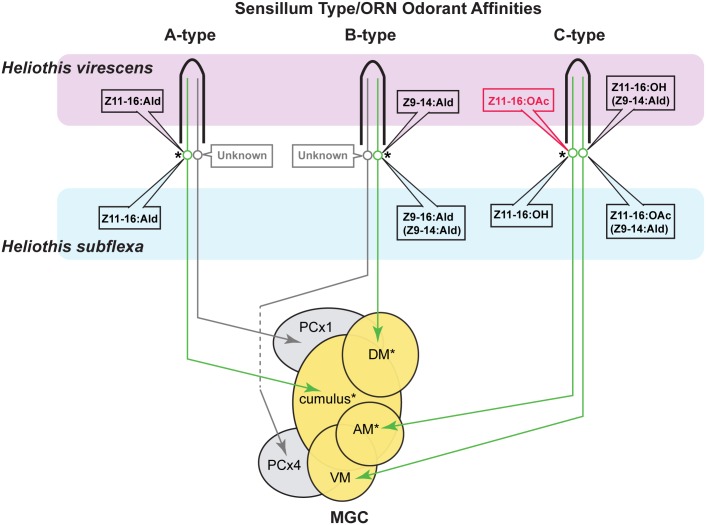Fig 1. Organization of the peripheral olfactory system in adult H. virescens and H. subflexa.
Pheromone sensitive olfactory receptor neurons (ORNs) are housed in three types of sensilla on the antennae of male H. virescens and H. subflexa. ORN axons project to antennal lobe glomeruli that constitute the macroglomerular complex (MGC) as well as part of a posterior glomerular complex (PCx). Behavioral preferences of males of the two species are accounted for by differences in the odorant affinites of olfactory receptor neurons in the B- and C-type sensilla in addition to higher order processing of these inputs. ORN affinities for odorants in brackets are weaker. An asterisk by individual ORNs indicates that the odorants associated with three pathways have behavioral significance. These pathways connect to three glomeruli in the MGC (cumulus, DM and AM, each also demarcated by an asterisk). The fourth MGC glomerulus (VM) is activated by odorants that have relatively little influence on behavior. The anatomy of the macroglomerular complex is indistinguishable between these two closely related species.

